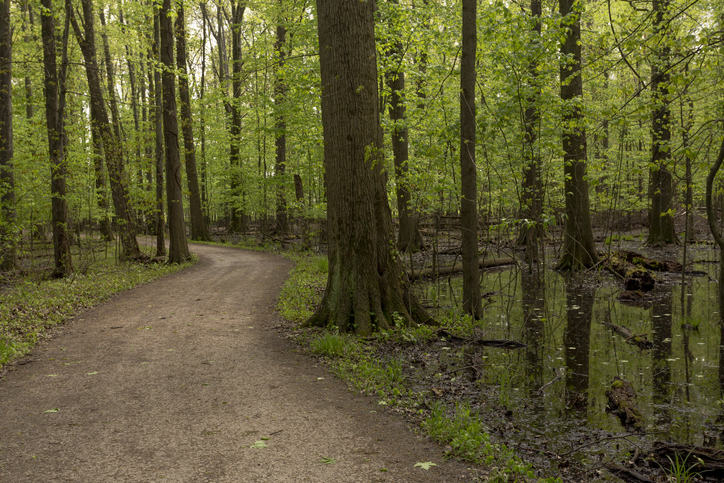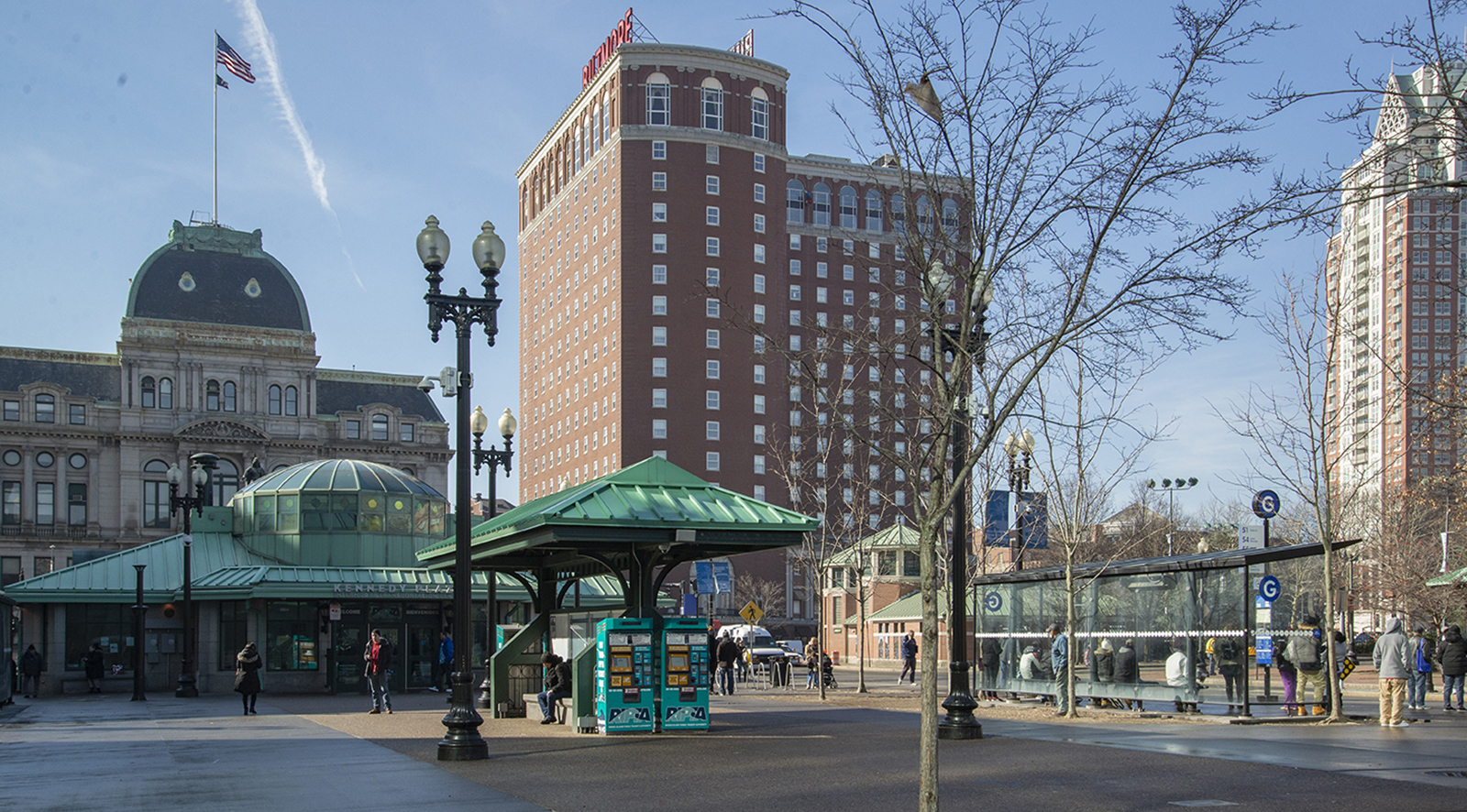Builders Association’s ‘Dry Lands Act’ is All Wet
June 2, 2012
There’s no shortage of vacant buildings and mills in Rhode Island, especially in Greater Providence, but the Rhode Island Builders Association wants permission to pour foundations on hills and in wetlands, and on Matunuck Beach if it could — all in the name of putting people back to work.
But we can’t simply build our way out of a bad economy. This promise-of-employment idea makes about as much sense as giving a multimillion-dollar pitcher who wants to make video games a $75 million, state-guaranteed loan.
Not surprisingly, that ill-advised gamble blew up in the face of Rhode Island taxpayers, including those still looking for work. Now the Rhode Island Builders Association wants to make false promises it hopes will convince shortsighted lawmakers to shrink the state’s buildable lot size and eliminate the assessment of slope when calculating buildable area. Such a change would effectively force municipalities to allow more residential development in rural areas with environmental restrictions — areas that are zoned for large lots and low-density development to better protect water quality and wetlands.
Basically, developers want to introduce McMansions to countryside escapes with a view, and they would love the chance to turn rural Rhode Island into something akin to West Main Road in Middletown. They want to restrict municipal authority to protect wetlands and steep land from development, because a Texas State University study ranked Rhode Island No. 1 in land-use regulation.
John Marcantonio, president of the Rhode Island Builders Association, which crafted the pending legislation, recently told the House Municipal Government Committee that, “Local legislation has grown exponentially, while the market for new homes has steadily declined. We’ve seen a 7 percent reduction in the (homebuilding) sector. The industry is underwater. This bill will slightly reduce that level of regulation, and allow us to put people back to work.”
Rubbish. Building new homes in areas currently deemed off-limits — and for good reason — is, at best, a short-term solution to our high unemployment rate. The state should be helping put local builders, contractors, plumbers, masons and electricians back to work, but not by rewriting codes so more homes can be built as close as possible to state parks and protected wetlands.
Proponents of loosening regulations also want to add a definition of “conservation development” to the state building code. Fine. It should read something like this: 1. The act of turning vacant mills, derelict properties and downtrodden buildings in the state’s urban core into functional, mixed-use developments that invigorate the tax base, provide affordable housing, create office space for start-up businesses and nonprofits, incorporate renewable energy systems, create jobs and energize the community. 2. Building should be done in areas that have the infrastructure in place to handle proper growth.
The state could have used some of that $75 million the Economic Development Commission wasted on Curt Schilling to put “conservation development” to work.
Building homes on slopes and in wetlands in Burrillville, Millville and North Foster would, among other not-so-good things, add to the state’s acreage of impervious surface, which damages water quality by increasing the amount of pollution that ends up in our groundwater and drinking water supplies.
The lead sponsor of the bill (pdf) in the House, Rep. Raymond Gallison Jr., D-Bristol/Portsmouth, offered no testimony on the bill at the recent House Municipal Government Committee hearing, except to say, “There is a lot of confusion surrounding this bill. It simply clarifies the building code for building officials.”
More rubbish.
He then added, “I don’t know much about the intricacies of the bill (even though he sponsored it). I’d rather let the experts testify on them.”
Well, let’s hear from a few. The Rhode Island chapter of the American Planning Association, the Rhode Island League of Cities and Towns, the Environmental Council of Rhode Island, the Audubon Society of Rhode Island, the Rhode Island Association of Conservation Commissions, Save The Bay, Clean Water Action, the Sierra Club of Rhode Island, the Burrillville Land Trust and the Cumberland Land Trust are all against the so-called “Dry Lands Act.”
Eight municipal councils — Charlestown, Exeter, Little Compton, Hopkinton, New Shoreham, North Kingstown, Richmond, South Kingstown and Tiverton — have adopted formal resolutions opposing this legislation.
I hope their expertise helps clear up the confusion.
Frank Carini is the editor of ecoRI News.
Categories
Join the Discussion
View CommentsRecent Comments
Leave a Reply
Your support keeps our reporters on the environmental beat.
Reader support is at the core of our nonprofit news model. Together, we can keep the environment in the headlines.
We use cookies to improve your experience and deliver personalized content. View Cookie Settings




Thanks for your article. The exposure helps! Last year they almost passed this when no one was watching. We were told it was a done deal last year, but the negative publicity tabled it. The more discussion this gets the better. The legislature should look for ways to implement the State's 2025 plan, but this law moves us in the opposite direction.
Where are you talking about in Matunuck??? NoWhere
I was being sarcastic with developers wanting to build on Matunuk Beach, like I was when I wrote they would like to turn rural Rhode Island into West Main Road. They would if they could for both, but nothing has been said about building on Matunuk Beach.